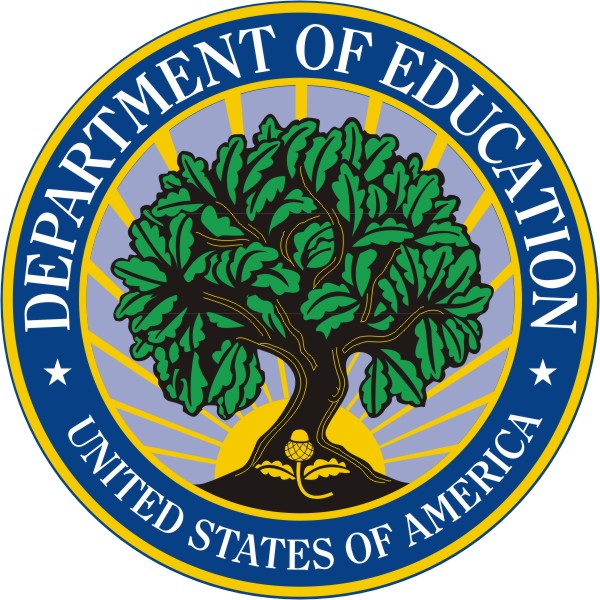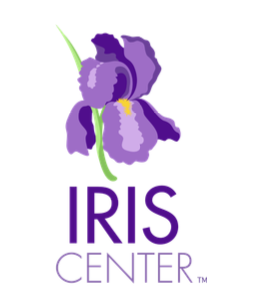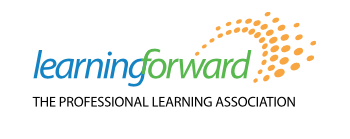What’s the Difference Between Coaching and Mentoring?
This Education Week Teacher blog post clarifies the differences between the roles of a coach and a mentor.
This Education Week Teacher blog post clarifies the differences between the roles of a coach and a mentor.

Information regarding evidence-based interventions as defined in the Every Student Succeeds Act (ESSA).

Using, generating, and sharing evidence about effective strategies to support students gives stakeholders an important tool to accelerate student learning. ESEA emphasizes the use of evidence-based activities, strategies, and interventions (collectively referred to as “interventions”). This guidance is designed to help SEAs, LEAs, schools, educators, partner organizations and other stakeholders successfully choose and implement interventions that improve outcomes for students. Part I of this guidance reviews steps for effective decision- making and Part II of this guidance recommends considerations, resources, and criteria for identifying “evidence-based” interventions based on each of ESSA’s four evidence levels in Section 8101(21)(A) of the ESEA.
By Patricia A. Snyder, PhD, Mary Louise Hemmeter, PhD, and Lise Fox, PhD
Abstract
In active implementation science frameworks, coaching has been described as an important competency “driver” to ensure evidence-based practices are implemented as intended. Empirical evidence also has identified coaching as a promising job- embedded professional development strategy to support implementation of quality teaching practices. The purpose of the present article is to describe a coaching framework designed to support early childhood teachers to implement evidence- based teaching practices with fidelity. We explicate the key components of the coaching framework, provide theoretical and empirical rationales for each component, and describe how it was operationalized for use as a coaching protocol in several studies. The studies focused on supporting preschool teachers of young children with or at risk for disabilities to implement social-emotional, behavioral, and instructional teaching practices with fidelity. For this special issue, we offer recommendations for future research and considerations for wider scale application and situate each article in the context of coaching and the coaching framework described in this article.
Keywords
intervention, strategies, personnel, professional development, coaching, intervention practices

This Professional Development Facilitator’s Guide Template is designed to assist with the delivery of face-to- face professional development sessions about any online IRIS Module. The aim of such sessions is to further support educators’ and administrators’ implementation of the practice, strategy, or framework presented in those modules.
One of the major outcomes of the educational reform movement in the United States during the past decade has been the increased focus on the professional preparation of educators (Darling-Hammond, 1997). According to Sanders and Rivers, numerous studies indicate that educators make a significant difference in their students’ education (1996). In response to the incessant calls to improve and assure educator quality, the education programs at Albany State University adopted a conceptual framework that integrates state, national, and professional standards into its education preparation programs. As such a standards-based preparation approach was developed to empower future professional educators who graduate from Albany State University….

Created by the Great Schools Partnership, the GLOSSARY OF EDUCATION REFORM is a comprehensive online resource that describes widely used school-improvement terms, concepts, and strategies for journalists, parents, and community members.
A widely used adjective in education, evidence-based refers to any concept or strategy that is derived from or informed by objective evidence—most commonly, educational research or metrics of school, teacher, and student performance. Among the most common applications are evidence-based decisions, evidence-based school improvement, and evidence-based instruction. The related modifiers data-based, research-based, and scientifically based are also widely used when the evidence in question consists largely or entirely of data, academic research, or scientific findings.

Great teachers, principals, and other school leaders (collectively, educators) matter enormously to the learning and the lives of children. Yet, we have struggled as a nation to meaningfully support educators so they can help their students be prepared to succeed in college and careers. The Title II, Part A program is designed, among other things, to provide students from low-income families and minority students with greater access to effective educators. It is critical that State educational agencies (SEAs) and local educational agencies (LEAs) consider how to best use Title II, Part A funds, among other funding sources, to ensure equity of educational opportunity. New provisions in Title II, Part A of the Elementary and Secondary Education Act of 1965 (ESEA), as amended by the Every Student Succeeds Act (ESSA), offer new opportunities SEAs and LEAs to more effectively attract, select, place, support, and retain excellent educators; re- visit traditional uses of these funds; and consider new and additional uses of Title II, Part A funds that are innovative and evidence-based.
Strategies outlined in this document, and examples of this work in action, can often be supported by other sources of funding as well, and should not be thought of as tools, policies or programs only made possible through the use of Title II, Part A funds. States and districts are encouraged to explore sources of funding available at the State and local level, as well as other formula and competitive grant awards from the U.S. Department of Education and other sources. This initial Title II, Part A guidance is not exhaustive; rather it highlights some of the new and important ways SEAs and LEAs can use their Title II, Part A funds more strategically and for greater impact. This initial guidance also reflects feedback the Department received from States, districts, and a variety of other stakeholders and educators, during listening sessions regarding high-priority areas for guidance related to these funds. Throughout this guidance, any reference to “educators” refers to teachers, principals, and other school leaders. Unless otherwise indicated, citations to the ESEA refer to the ESEA, as amended by the ESSA.

Educators and policymakers are increasingly looking to teacher professional learning as an important strategy for supporting the complex skills students need to be prepared for further education and work in the 21st century. For students to develop mastery of challenging content, problem-solving, effective communication and collaboration, and self-direction, teachers must employ more sophisticated forms of teaching. Effective professional development (PD) is key to teachers learning and refining the pedagogies required to teach these skills.
But what constitutes effective professional development? This report reviews 35 methodologically rigorous studies that have demonstrated a positive link between teacher professional development, teaching practices, and student outcomes.

When all students experience high-quality teaching, they are more likely to learn. When all classrooms are filled with high-quality instructional materials, students are more likely to learn. Establishing these conditions for all learners will help close achievement gaps. Explore High-Quality Curricula and Team-Based Professional Learning: A Perfect Partnership for Equity for rationale, lessons from practitioners, and action steps.